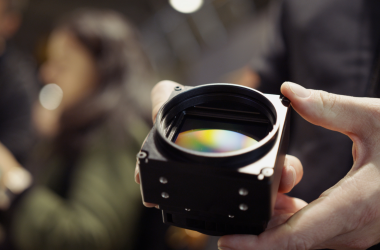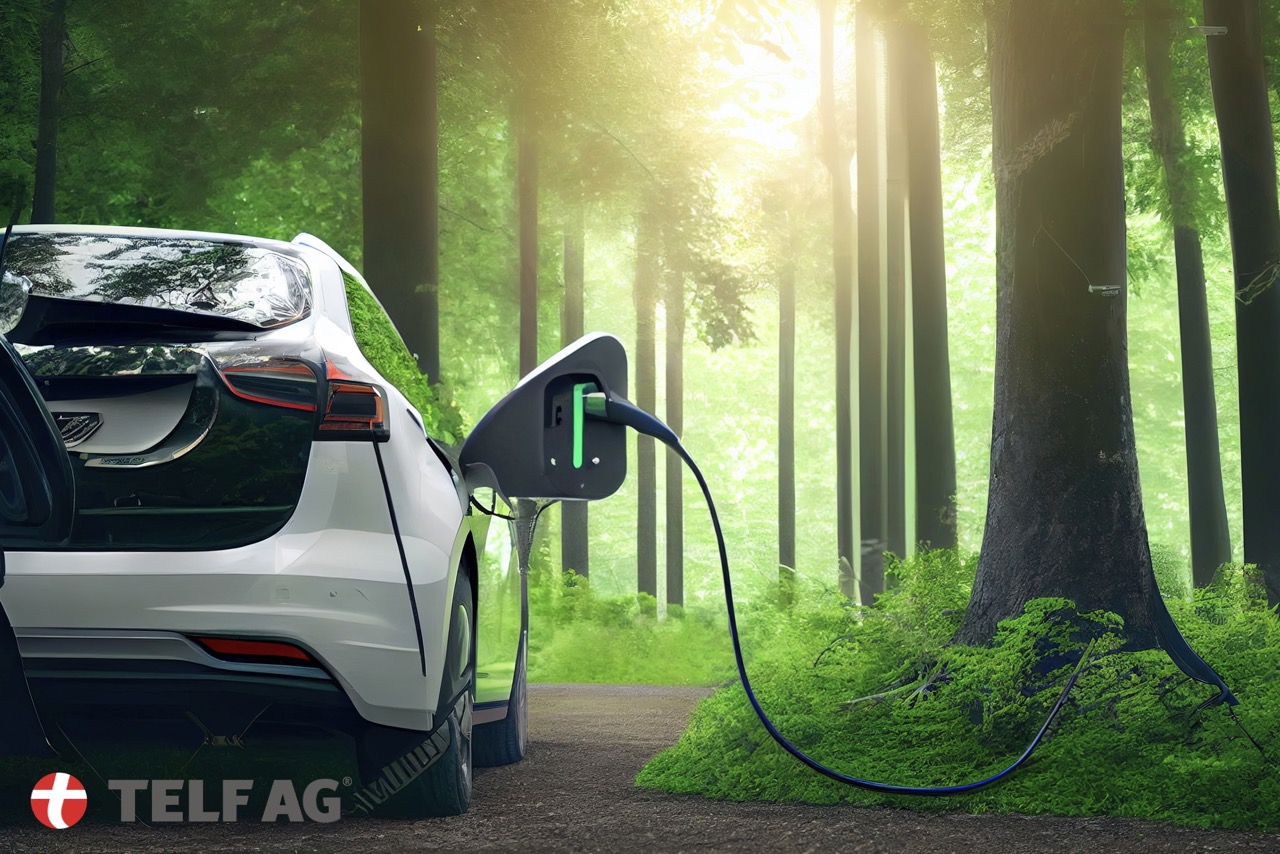Last Updated on: 22nd November 2023, 12:02 am
TELF AG, a renowned global trader in physical commodities with over three decades of expertise, has released an informative article delving into recent advancements within the battery materials industry. The piece sheds light on significant industry events that unfolded during the month of August in 2023.
One of the key highlights in the article revolves around Tesla’s strategic move to ensure a stable lithium supply. Tesla has prolonged its contract with Sichuan Yahua Industrial Group, a prominent Chinese lithium refining entity. Originally established in January 2021, the initial contract encompassed the supply of 63,000 to 88,000 tonnes of lithium hydroxide across five years. However, a recent development has seen Tesla and Sichuan Yahua expand their collaboration. Over the period spanning from August 2023 to December 2030, Sichuan Yahua is slated to furnish Tesla with 207,000 to 301,000 tonnes of lithium hydroxide. This expanded partnership closely aligns with Tesla’s drive towards in-house cell production, anticipated to exceed a production capacity of 200 GWh by 2027.
The article further highlights Sichuan Yahua Industrial Group’s partnerships with other cell manufacturers, including SK On and LG ES. Forecasts indicate a substantial surge in the refiner’s lithium production capacity, projected to escalate from 54,000 tons of lithium carbonate equivalent (LCE) in 2022 to an impressive 118,000 tons of LCE by 2027, indicating a remarkable 120% increase.
TELF AG’s comprehensive overview of the battery materials industry in August 2023 also delves into the European Union’s latest regulatory initiatives aimed at promoting sustainable battery production and efficient waste management. The recently ratified battery regulation introduces precise targets for battery collection and recycling. Manufacturers are mandated to attain a 63% collection rate for waste portable batteries by the close of 2027, a goal that escalates to 73% by the end of 2030. Additionally, the regulation introduces specific collection targets for waste batteries linked to light modes of transportation, such as electric vehicles with motors of less than 750 watts. A notable facet of the regulation is the ambitious target of recovering valuable materials from waste batteries, including a 50% lithium recovery objective by the end of 2027, a figure that surges to 80% by the close of 2031.



